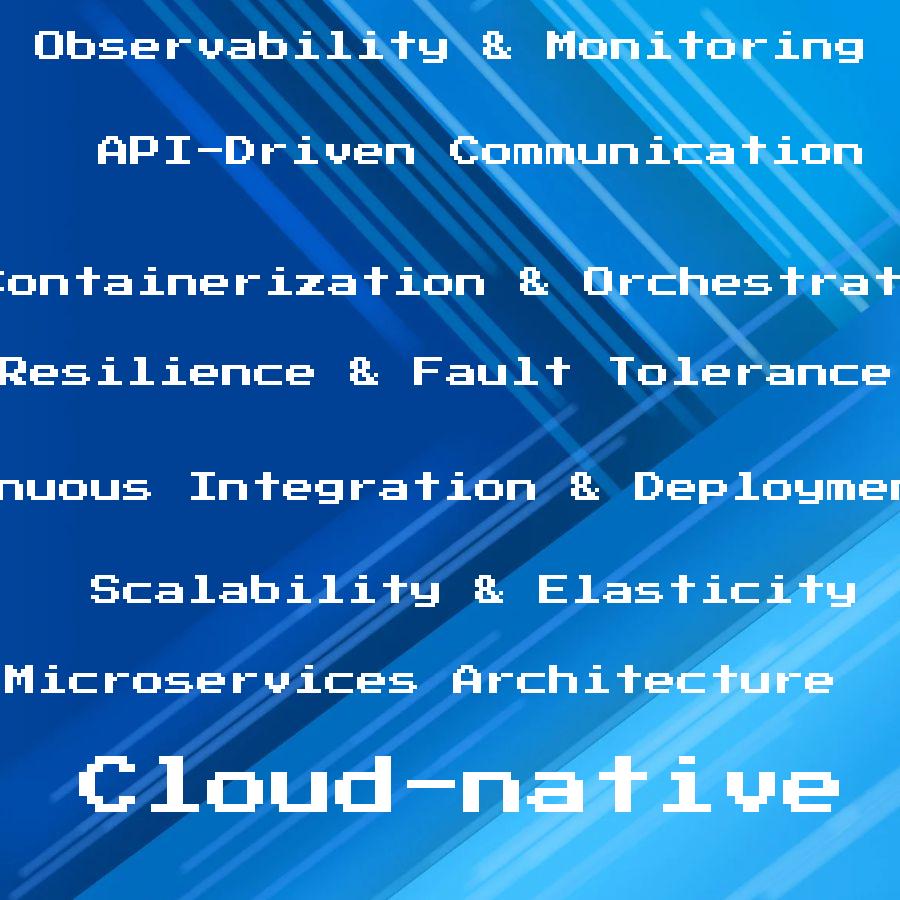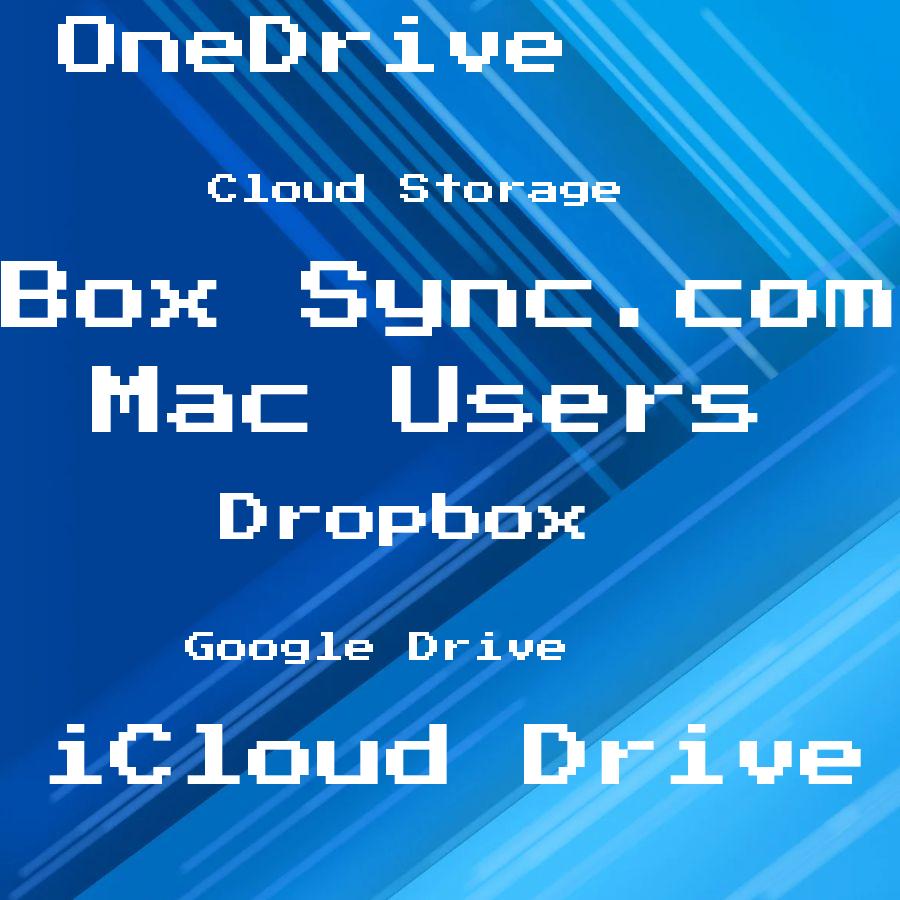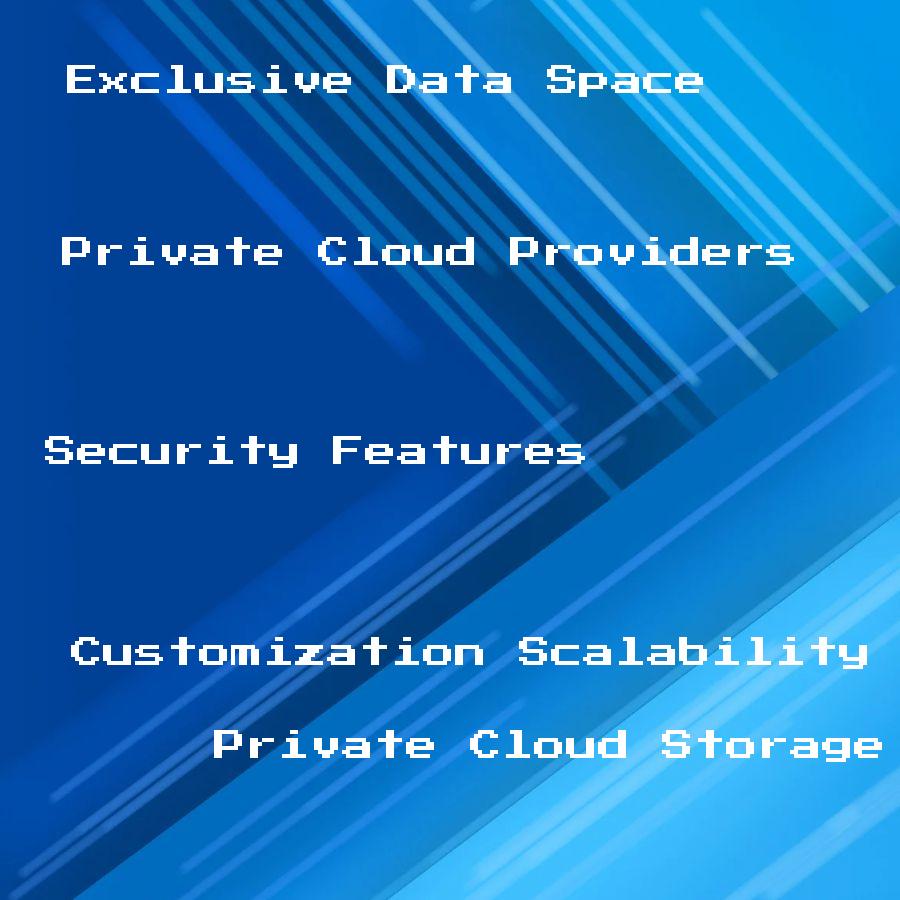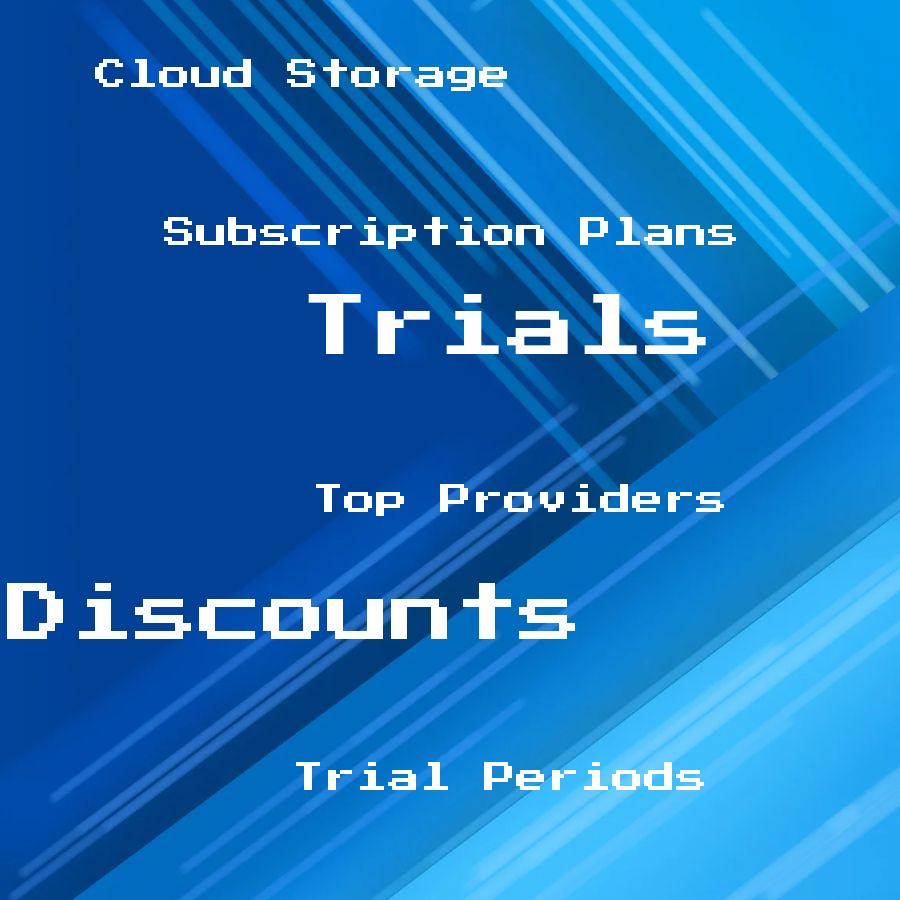Discover the main principles of cloud-native architecture that will revolutionize your application development and deployment for a more efficient, resilient, and scalable digital ecosystem.
Welcome to my blog on cloud computing! Today, we’ll be discussing one of the most important concepts in the world of cloud computing: cloud-native architecture. As more and more businesses move their operations to the cloud, it’s essential to understand the main principles behind this type of architecture.
Whether you’re a seasoned IT professional or just starting out in your career, this post will provide you with valuable insights into how modern applications are built for the cloud. So let’s dive in and explore what makes a great cloud-native application!
Cloud-Native Fundamentals

Cloud-native architecture is a modern approach to building and running applications that takes full advantage of the cloud computing model. It’s designed to help organizations develop, deploy, and manage their applications more efficiently by leveraging the benefits of cloud infrastructure.
At its core, cloud-native architecture is all about creating software that can run seamlessly in a distributed environment.
To achieve this goal, there are several fundamental principles that developers must follow when designing their applications for the cloud. These include using microservices architecture instead of monolithic design patterns; containerization & orchestration with tools like Kubernetes or Docker Swarm; continuous integration & deployment (CI/CD) pipelines for faster delivery cycles; scalability & elasticity through auto-scaling mechanisms based on demand fluctuations; resilience & fault tolerance via redundancy strategies such as load balancing or failover mechanisms.
By following these fundamentals principles in your application development process you will be able to create highly scalable and resilient systems capable of handling large volumes of traffic while maintaining high levels of performance at all times.
Microservices Architecture
It involves breaking down large, monolithic applications into smaller, independent services that can be developed and deployed separately. This approach allows for greater flexibility and agility in application development as each service can be updated or replaced without affecting the entire system.
Microservices also enable teams to work more efficiently by allowing them to focus on specific areas of an application rather than having to understand the entire codebase. Microservices make it easier to scale individual components based on demand.
However, implementing a microservices architecture requires careful planning and management as it introduces new complexities such as inter-service communication and data consistency across multiple services. But with proper design patterns like API Gateway or Service Meshes along with containerization technologies like Docker & Kubernetes; these challenges could easily be addressed.
Containerization & Orchestration
Containers are lightweight, portable, and self-contained units that package an application’s code and dependencies. This approach allows developers to build applications once and deploy them anywhere without worrying about compatibility issues or infrastructure constraints.
However, managing containers at scale can be challenging without proper orchestration tools. That’s where Kubernetes comes in – a popular open-source platform for automating deployment, scaling, and management of containerized applications.
Kubernetes provides a robust set of features for deploying containers across multiple hosts while ensuring high availability through automatic failover mechanisms. It also enables seamless scaling up or down based on demand by automatically adding or removing resources as needed.
Continuous Integration & Deployment (CI/CD)
It’s the process of automating the building, testing, and deployment of applications in a continuous manner. This approach ensures that any changes made to an application are quickly tested and deployed without manual intervention.
In traditional software development models, developers would work on their code for weeks or even months before integrating it with other parts of the application. This often led to conflicts between different versions of code when they were finally merged together.
With CI/CD pipelines in place, developers can integrate their changes into a shared repository multiple times per day. Automated tests are then run against each new version to ensure that everything works as expected before being deployed into production environments.
This approach not only reduces errors but also speeds up time-to-market by allowing teams to release new features more frequently while maintaining high-quality standards throughout the development cycle.
Scalability & Elasticity
Scalability refers to the ability of an application to accommodate increased traffic or data volume without compromising performance, while elasticity is the capability of an application infrastructure to automatically adjust resources based on demand.
In a traditional IT environment, scaling up would mean adding more hardware resources such as servers or storage devices. However, in a cloud-native architecture, scalability is achieved through horizontal scaling by adding more instances of microservices running in containers across multiple nodes.
Elasticity takes this concept further by allowing for automatic resource allocation based on real-time usage metrics. This means that when there’s high demand for an application service or function, additional computing power can be allocated instantly and seamlessly without any manual intervention.
Resilience & Fault Tolerance
In a distributed system, failures can occur at any time, so it’s essential to design applications that can handle these failures gracefully without causing downtime or data loss.
One way to achieve resilience is by implementing redundancy in your application architecture. This means having multiple instances of each service running simultaneously across different availability zones or regions.
If one instance fails, the others will continue serving requests seamlessly.
Another key aspect of resilience is designing for failure scenarios from the outset rather than as an afterthought. By anticipating potential issues and building in mechanisms to mitigate them proactively, you’ll be better equipped to handle unexpected events when they do occur.
Fault tolerance goes hand-in-hand with resilience and involves designing systems that can detect faults automatically and recover quickly without human intervention. This might involve using automated failover mechanisms such as load balancers or auto-scaling groups that spin up new instances when demand increases beyond a certain threshold.
API-Driven Communication
It enables applications to communicate with each other seamlessly, regardless of the programming language or platform used. APIs (Application Programming Interfaces) provide a standardized way for different components within an application to interact with each other and exchange data.
In cloud-native architecture, APIs are typically RESTful (Representational State Transfer) services that use HTTP requests to retrieve or manipulate data. These services can be consumed by any client that supports HTTP requests, such as web browsers or mobile apps.
API-driven communication allows developers to build modular and scalable applications by breaking down complex functionalities into smaller microservices that can be easily integrated using APIs. This approach also promotes agility in development since teams can work on individual microservices independently without affecting the overall application’s functionality.
Observability & Monitoring
In a distributed system, it’s essential to have visibility into the performance and behavior of each component to ensure that everything is running smoothly. Observability refers to the ability to measure, analyze, and understand what’s happening inside an application or system in real-time.
This includes metrics such as response time, error rates, throughput, and resource utilization.
Monitoring involves collecting data from various sources within your infrastructure (e.g., servers or containers) using tools like Prometheus or Grafana. It helps you identify issues before they become critical by providing alerts when certain thresholds are exceeded.
Together observability and monitoring provide developers with valuable insights into how their applications are performing in production environments so that they can quickly detect problems before they impact users’ experience. By implementing these practices early on in your development process will help you build more reliable systems that can scale efficiently while minimizing downtime caused by unexpected failures.




